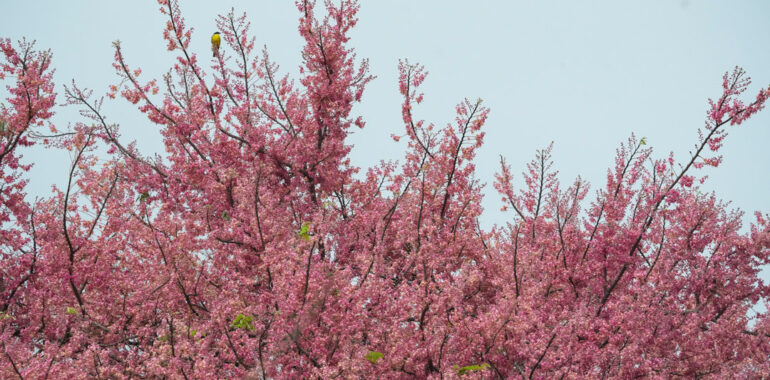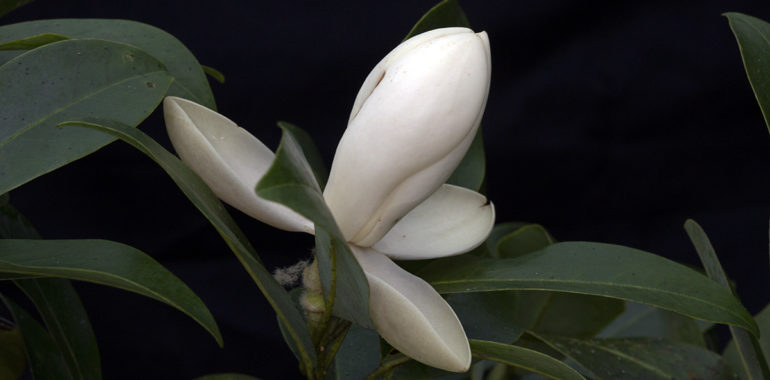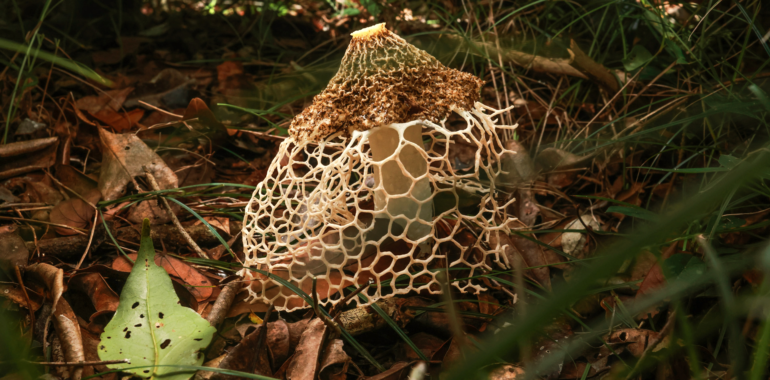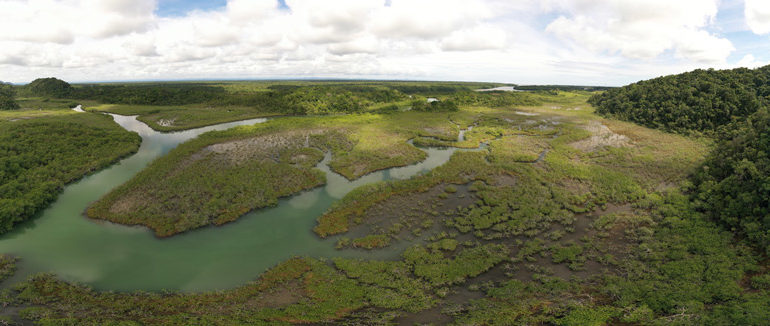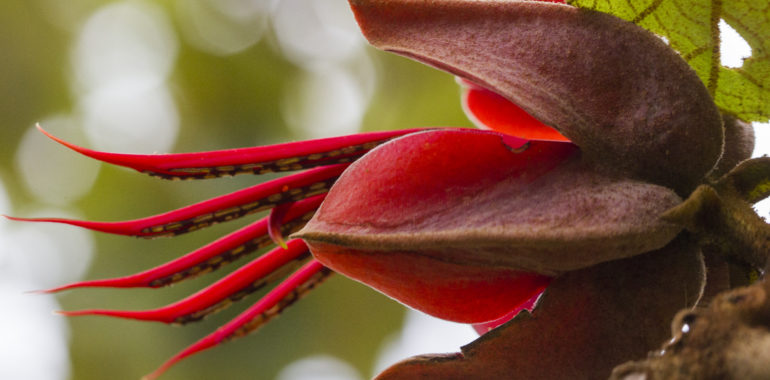On April 5th, 2024, our expedition team went to the Northeast of Guatemala in search of 4 different native plants that are locally used as flavorings for cacao. Finding them and learning about them would enrich the research we have conducted so far on the cacao drink and the flavorings for cacao. These species are: …
The impact of noise pollution on birds
Our world is filled with constant noise, which can negatively impact the physical and mental well-being of all living creatures. For birds, noise is a chronic and unavoidable source of stress. While they have endured loud natural sounds like streams, waterfalls, and wind for centuries, human-made noise pollution is a relatively new and concerning phenomenon.…
How do we celebrate Christmas in Guatemala? Take a closer look at the Native Christmas Species
December is a particular month, full of joy and reflection on what has been accomplished during the year. The fruits and flowers stand out, with their colors and flavors making this season even more special. One of the signs that the end of the year has arrived in Guatemala is to look around and find…
Trees to admire today, the international day for the preservation of tropical forests
Tropical forests are all forests which are located in the tropics, or put in other words, closer to the equator line. They are generally characterized by higher temperatures, bigger amounts of rainfall, and particularly, broader biodiversity indexes. Taking into account that tropical forests are those that grow in the tropics, they can be classified according…
Deforestation and Reforestation in Guatemala
It is popular knowledge that the name of Guatemala comes from the Nahuatl Quauhtemallan, which means “place of forests or many trees”, so we can deduce that this country is an area in which the forest represents the majority of the areas, however , the nation that bears the forest in its name has been…
Guatemala’s wildlife is like no other and we should take care of it.
Wildlife in Guatemala is unique, as in few places in the world. To better understand this, it is worth understanding the natural history of this country: Phallus indusiatus at Paso Caballos, PNLT. Photo by: Boris Llamas. August 2021. Guatemala is located in between two broad continental masses that support almost every kind of ecosystem…
The Study of Wetlands
Wetlands are understood as “extensions of marshes, swamps, peat bogs or surfaces covered by water, whether natural or artificial, permanent or temporary, stagnant or currents of fresh, brackish or salt water, including extensions of marine water whose depth at low tide it does not exceed 6 meters” – Ramsar. Every February 2, World Wetlands Day…
The Mesoamerican Christmas tree: Pinabete (Abies guatemalensis Rehder.)
Abies guatemalensis Rehder is a species of pine (family Pinaceae) that commonly receives the name of Pinabete, Romerillo, or Pinabete of Guatemala; In Mayan languages, it is known as Pashaque, Tz’in chaj, Pajchac, and Paqtxaq (INAB & MARN, 2017; INAB, 2019). Its natural distribution includes México (Jalisco), Guatemala, El Salvador and part of Honduras (Lempira).…
Medicinal plants of Guatemala: An approach to ethnobotany
Guatemala is widely known for being a Megadiverse country in terms of its natural and cultural resources, but this diversity is not only special for its uniqueness, but also for the management that has been given to it. The native people of the country have inherited important knowledge about the uses of plants for generations.…
Amazing cenotes in Yaxha
Did you know that in Yaxha, Nakum and Naranjo National Park there are cenotes attached to the Yaxha Lagoon? If you visit this place, we recommend you take a boat ride and ask the boatman to take you to see the cenotes. You must take into account that in the dry season you may not…

